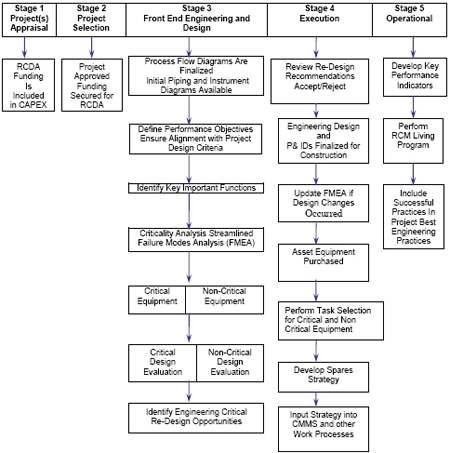A model is a 3-D design of the intended product. A prototype is a model that functions just like how the product will, and is exactly what the product will be. The prototype shows exactly what the new product will look like and it what it is capable of. A prototype is a more advanced model.
Usually a company takes a model to simulate what the product will do. On the other hand, a prototype usually tests what will happen. A simulated model is use to estimate the results. Because a prototype is more advanced, it is tested to see the actual results. Most companies usually model their product, simulate it, then develop a prototype and test the results. They want to make sure the the estimated results from the model match up with the actual results from the prototype. On the other hand companies with a smaller budget, may choose to skip a step, but it is often a risky decision.
When trying to decided what is better for a project, model or prototype, it is best to look at what would give the company better information about their product. Although modeling and prototyping are very important processes when completing a project it is very important to make sure the design is perfect. Neither a model or a prototype would be beneficial if there are many design errors.
http://www.manufacturing.net/articles/2011/12/model-and-simulate-or-prototype-and-test-which-is-best
http://www.onestoptesting.com/sdlc-models/prototype-model/
http://home.howstuffworks.com/product-prototyping-process3.htm
http://www.instructionaldesigncentral.com/htm/IDC_instructionaldesignmodels.htm
